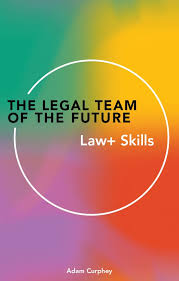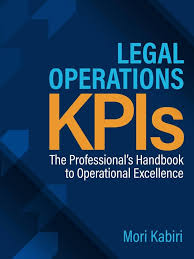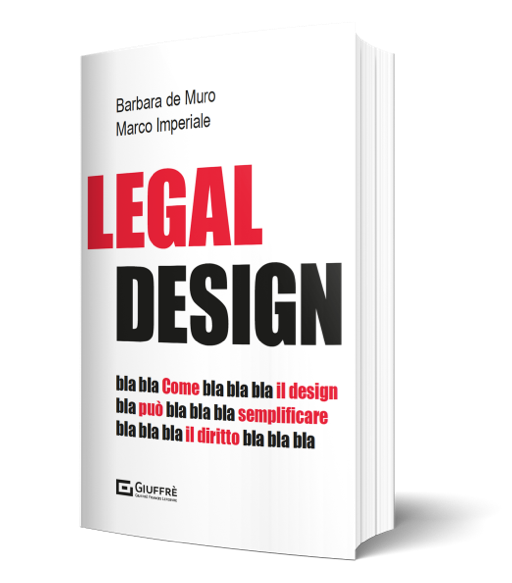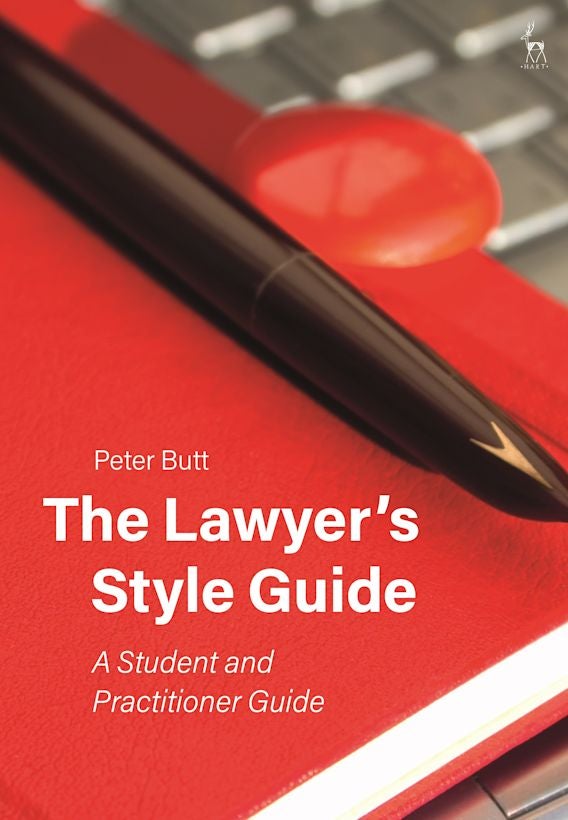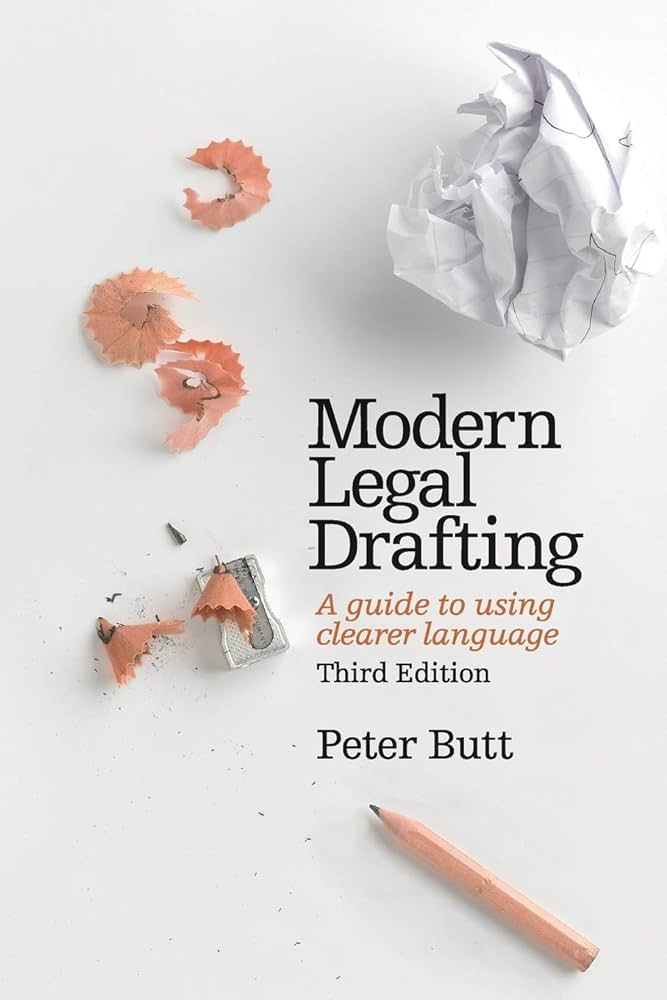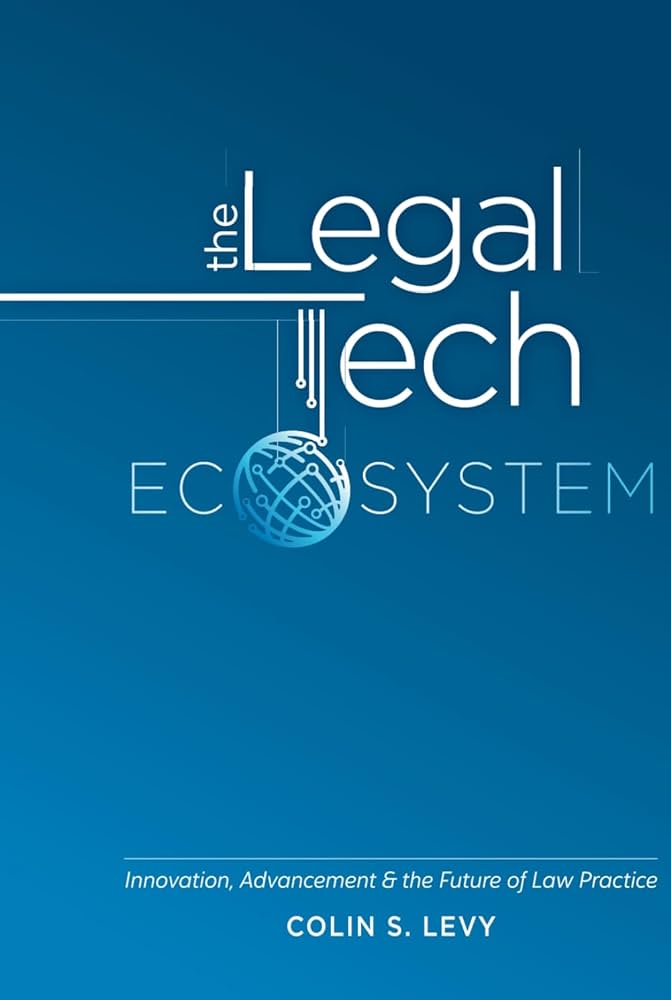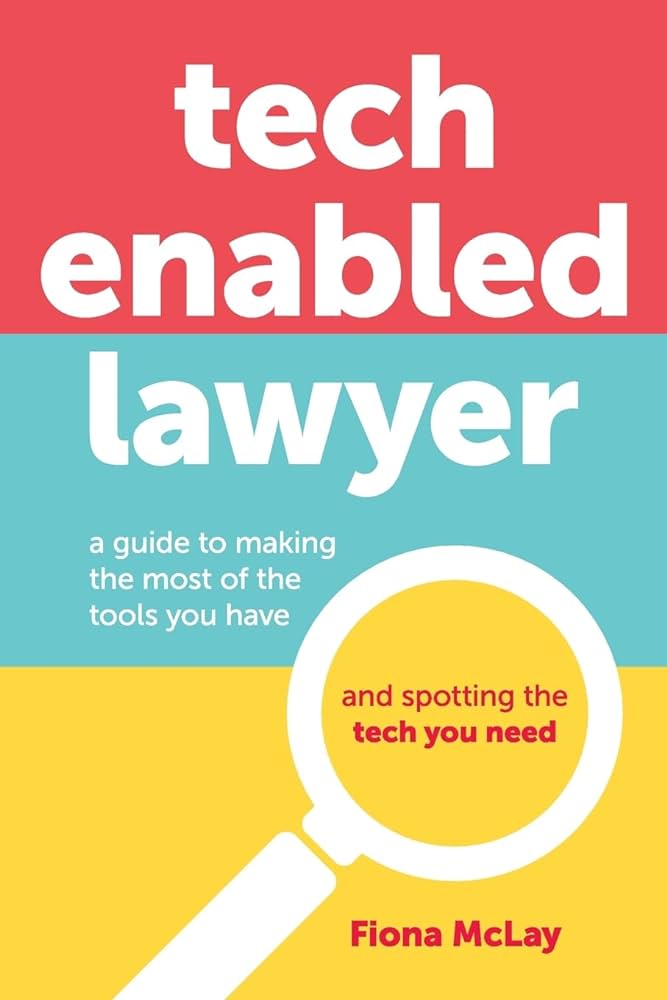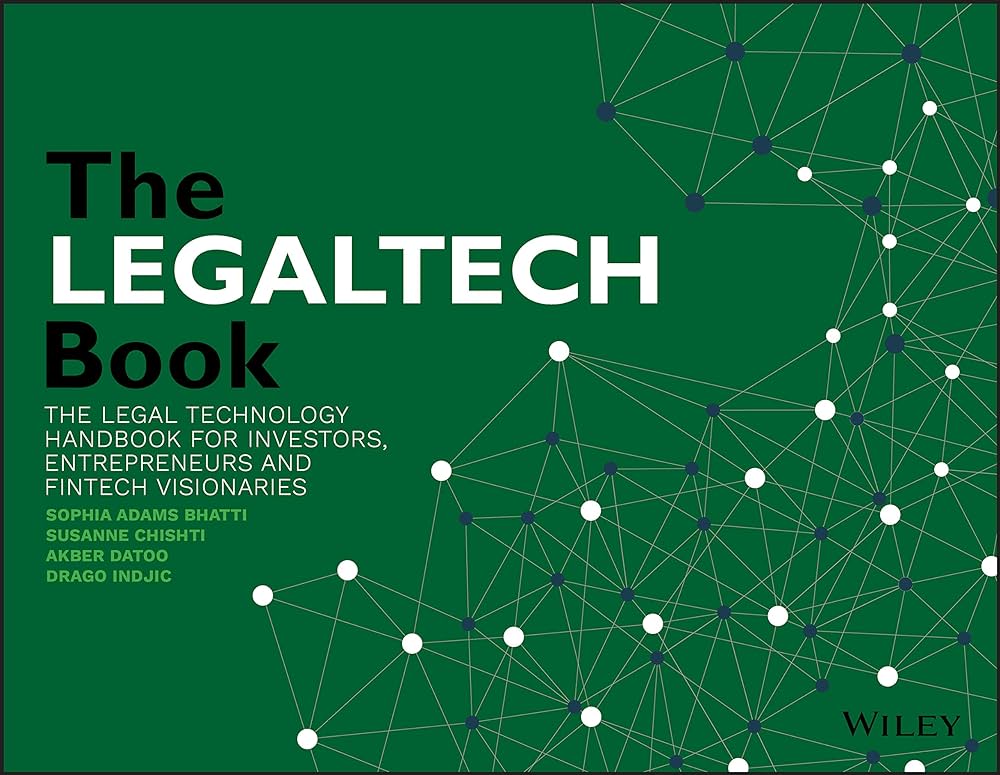Banner artwork by Thomas Bethge / Shutterstock.com
Legal operations, as a discipline and as a practice area, is growing worldwide. There is growing pressure on legal teams to act more like a business function and show value. Legal operations is not simply implementing technology and deciding if your legal team should be T-shaped or O-shaped.
As with any growing area, people want to stay informed and learn new things. This month, I decided to share some books and podcasts I have found useful in doing just that! I provide a quick summary of each book together with a takeaway quote.
The business of law

Running Legal Like a Business (The Fundamentals of Legal Operations for Law Departments) by Connie Brenton and Susan Raridon Lambreth brings together different experts to discuss corporate legal operations management. This book is useful for anyone looking for practical examples of how to run your legal department. It includes practical data and metrics examples as well as playbooks and considers the three phases of legal technology’s evolution (changing the How, the Who, and the What). It also includes a section on single enterprise legal management which is becoming more popular across in-house teams.
The book demonstrates the importance of branding in-house, suggesting lawyers should “get started by taking more of an active interest in the company’s other functional departments. Stay curious about their work and demonstrate that curiosity.”
Richard Susskind Tomorrow’s Lawyers (3rd edition) is a well-known book outlining the radical changes in the legal market (three drivers of change, strategies for success and commoditization of the law, disruptive legal technologies), and the new landscape (the shifting role of in-house lawyers, access to justice and online legal services, and prospects for young lawyers).
Lawyers should "get started by taking more of an active interest in the company's other functional departments." Stay curious about their work and demonstrate that curiosity.
Susskind identifies three main drivers of the current change: “I call these the “more-for-less" challenge, liberalization, and technology... my specific focus here is on the changes that we will see in the way in which legal services are delivered; and all my research and advisory work, as well as what I have seen in other professions, leads me to the conviction that, in relation to how legal work is undertaken, my three drivers are the ones to watch for.” This book is for anyone wanting to think more deeply about the future of the profession.
The Legal Team of the Future (Law + Skills) by Adam Curphey looks at teams through a lens of The Why (including change to the legal profession), The What (looking at Law + people/business/change/technology and the law in action, and The How (including building skills as individuals and building skills as an in-house team. Curphey discusses the different types of lawyer models such as the T-shaped, O-shaped, and Delta and also discusses how in-house teams can be encouraged to build skills (though salary, bonuses, seats and secondments, mentoring and training).
Legal Operations KPIs – The Professional’s Handbook to Operational Excellence by Mori Kabiri is a book with in-depth, practical examples considering the business and KPIs associated with legal operations. The book covers data, metrics and KPIs, and includes explanations and examples for spend management, budgets, resources and performance management, law firm and vendor management (including external expense distribution analysis), cross-functional collaboration, diversity and inclusion, and risk management and best practices. This is a great toolkit to start off anyone wanting help with practical tips and examples.
Law and innovation
The Simple Guide to Legal Innovation by Lucy Bassli outlines Bassli’s innovation journey and examines what legal operations is and why it is important (technology and infrastructure, business strategy and planning, project and program management, data and insights). Bassli considers legal technology (as well as women and innovation (why women make great innovators and supporting women as innovators). The book also provides a “just enough on the key topics every lawyer needs to know” and is a great tool for anyone wanting to learn enough about innovation, project management, efficiencies, and technology to be part of the conversation.
When discussing women, Bassli described “Gallup research in 2015 found that women managers are better at engaging employees than their male colleagues. They’re more likely to provide regular feedback, consider their teammates’ opinions, and build a culture of transparency and inclusivity.”
Gallup research in 2015 found that women managers are better at engaging employees than their male colleagues.
Legal design

Legal Design by Barbara de Muro and Marco Imperiale is an Italian language legal design book that considers how to use legal design and design thinking in the law and considers the five phases of legal design thinking (empathize, define, ideate, prototype, and test) and outlines the beginnings of legal design in the United States, Europe, and the rest of the world. The book looks at clarity in writing, the use of visual elements and how to best organize documents, comics as contracts, and how to redraft privacy policies using legal design including practical examples. This book is for anyone specializing in legal design wanting a more global perspective.
The book discusses the importance of legal design: “legal design puo essere anche legal tech … Accade spesso che soluzioni immaginate per la carta diventino soluzioni digitali …” (translated: “Legal design can also be legal tech … as often happens, hand-drawn solutions become digital solutions.”
Law by Design by Margaret Hagen is an updated online book that covers legal design (what is it, types of design, what is design thinking, and key challenges for legal design), the design mindset (working in mixed teams and going visual), the design process for lawyers (discover, synthesize, build, test, and evolve) and legal design mechanics (principles for good legal design, user requirements, and legal user types). This is a live and everchanging resource for anyone wanting to keep up to date with legal design and particularly anyone with a social justice interest.
When considering working in a mixed team, Hagen states: “Interdisciplinary Collaboration is essential to come up with better solutions to problems … learning to establish common framings of challenges and to exchange ideas for solving them can make design work much richer. ... A group of lawyers seated around a boardroom is not going to produce legal innovations like a mix of engineers, designers, educators, doctors, info architects, and lawyers.”
"Interdisciplinary Collaboration is essential to come up with better solutions to problems ... learning to establish common framings of challenges and to exchange ideas for solving them can make design work much richer."
Margaret hagen, Law by design
The Legal Design Book by Astrid Kohlmeier and Meera Klemola describes the 10 fundamental principles essential for successful legal design projects including curiosity and creativity, the art of pivoting and talking to clients and stakeholders.
It sets out a practical process to successfully realize a legal design project and provides six global examples.
The book sets out the role of legal designers and describes the five areas of expertise for a legal designer (law, design, technology, business operations, and attitude and behavior) as well as discussing the types of legal personalities in the profession (I-shaped, X-shaped, T-shaped, and the Delta Model). This book is for anyone wanting to learn more about legal design and the personalities that shape a legal designer.
When discussing the value of legal design, the authors said, “The toolbox of legal design holds practical exercises and explanations on how to develop a mindset for radical collaboration, identify clients’ real needs, and co-create solutions for better legal systems and invent new cost models that suit clients’ demands and wishes.”
Legal style and clarity are significant aspects of Legal Design. The Lawyer’s Style Guide by Professor Peter Butt is an alphabetical dictionary style guide providing examples of how to improve writing including the drafter’s golden rule.
Butt’s other book, Modern Legal Drafting is a guide to using clear language, including considering the influences of the legal drafter, how legal documents are interpreted, benefits of plain English drafting, and how to structure and draft modern documents. Both books are for anyone wanting to guide their teams on how to draft better and get their message across in a practical way.
Legal technology

The Legal Tech Ecosystem: Innovation, Advancement & the Future of Law Practice by Colin S. Levy is a specialty look at technology within legal operations. The book looks at barriers to entry and considers what legal tech is and what it is not. This is a book for anyone wanting to be at the forefront of legal technology and be part of the conversation with a level of practical knowledge.
Quoting Dan Currell (currently senior advisor within the Office of Finance and Operations at the US Department of Education), Levy notes, “… The general counsel must have the drive to improve things and has to stick with that drive in the absence of support from anywhere. This is why it’s easy to start change initiatives in legal but nearly impossible to finish them.”
Tech Enabled Lawyer: A guide to making the most of the tools you have and spotting the tech you need by is “a guide to making the most of the tools you have” and “spotting the tech you need.” McLay describes what a tech enabled lawyer is not (i.e., they do not need to learn to code, they don’t automate everything, and they don’t try everything). This book is for anyone wanting to start their tech journey and successfully use what they have and understand the five basic steps (awareness, strategy, preparation, action, and monitor & review) to being a tech enabled lawyer.
The LegalTech Book (The Legal Technology Handbook for Investors, Entrepreneurs and Fintech Visionaries) by Sophie Adams Bhatti, Susanne Chishti, Akber Datoo, and Drago Indjic (2020) considers legal tech as boosted by AI (including looking at the role of LegalTech in Financial Services, Lawyers’ Ethical Responsibility to Leverage AI, and introduction to the Internet of Things). The book is a more specialized book for anyone wanting to understand the AI in terms of privacy, data, and smart contracts. Legal technology is also discussed through the lens of whether it is increasing or impeding access to justice, improving access to justice in the UK asylum and immigration processes, and combining AI and digitization of judgments.
When discussing AI, the authors said, “AI-powered LegalTech has the power to help lawyers do faster, more thorough, and more cost-effective legal work. If we can do this work better and more efficiently for our clients — do we have a responsibility to do so? While leveraging AI may not be considered an ethical obligation at the moment, I suspect this is a conversation we will be having many more times in the years ahead.
Lawyers are well aware of their ethical responsibilities. Those responsibilities permeate relationships with clients and extend to every aspect of lawyers’ professional lives — including the technology they have.”
5 podcasts worth your time
If you like listening and learning on the go, the following podcast could be for you:
- ACC In-house Insiders podcasts include interviews and insights including Mike Madden’s “Why you need your GC in your leadership team” where a key takeaway was importance of developing sound leadership skills for GCs to be successful in having and maintaining a seat at the company table and Michael Guilday’s “The Challenges and Opportunities of being a sole in-house legal counsel discussing the challenges facing solo counsel.
- Dear Legal Ops where hosts Tom Stephensen and Tommie Tavares-Ferreira unseal an anonymous letter with guests (and have discussed prioritizing partnerships, certifications and career growth).
- Pearls On, Gloves Off hosted by Mary O’Carroll including Mary’s guide to CLM, and discussions around embracing AI in the Law.
- The Legalpreneurs Sandbox from the Brisbane Centre for Legal Innovation which includes topics on legal leaders, teams, innovation and collaboration and the importance of being human in an AI world.
- Legal Ops hosted by Alex Rosenrauch and Elliott Leibu (including discussions about Legal Ops at Microsoft, contract acceptance via emoji and legal innovation at Netflix with Jenn McCarron).
Whether you have a single question, want to learn more about a topic, or simply want to learn more about legal operations from others’ experience, there is a book or podcast for you.
Disclaimer: The information in any resource in this website should not be construed as legal advice or as a legal opinion on specific facts, and should not be considered representing the views of its authors, its sponsors, and/or ACC. These resources are not intended as a definitive statement on the subject addressed. Rather, they are intended to serve as a tool providing practical guidance and references for the busy in-house practitioner and other readers.



